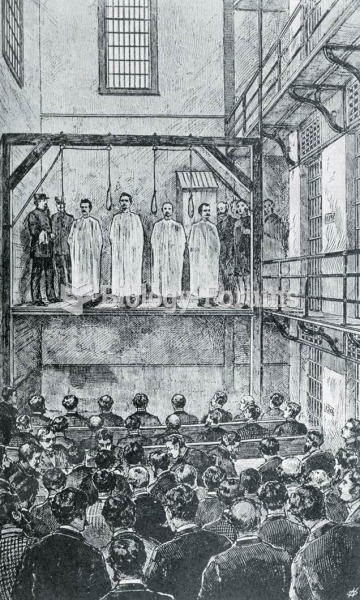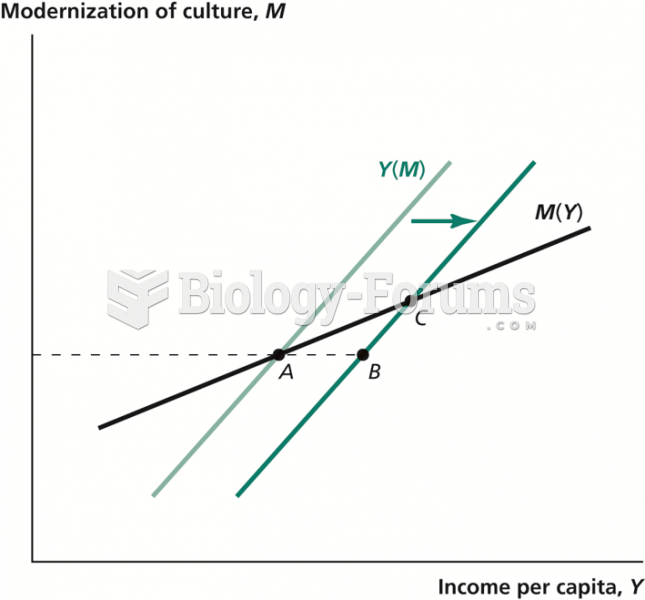Answer to Question 1
a. Net income 560 million
Decreased A/R 14
Depreciation 38
Increased tax payable 4
Increased A/P 9
Increased inventories (24)
601 million
b. Sales of assets 26 million
c. Repurchases of common stock (20) million
Decrease of long-term debt (13)
(33) million
d. 601+26 - 33 = 594 million
Answer to Question 2
Investors attempt to arrive at an estimation of a company's future earnings stream in order to attach a value to the securities being considered for purchase or liquidation. The investment analyst poses such questions as:
What is the company's performance record, and what are the future expectations? What is its record with regard to growth and stability of earnings? Of cash flow from operations?
How much risk is inherent in the firm's existing capital structure? What are the expected returns, given the firm's current condition and future outlook?
How successfully does the firm compete in its industry, and how well positioned is the company to hold or improve its competitive position?
The investment analyst also uses historical financial statement data to forecast the future. In the case of the investor, the ultimate objective is to determine whether the investment is sound.
Creditorsare concerned with the ability of an existing or prospective borrower to make interest and principal payments on borrowed funds. The questions raised in a credit analysis should include:
What is the purpose for the borrowing? What do the financial statements reveal about the reason a firm has requested a loan or the purchase of goods on credit?
What is the firm's capital structure? How much debt is currently outstanding? How well has debt been serviced in the past?
What will be the source of debt repayment? How well does the company manage working capital? Is the firm generating cash from operations?
The credit analyst will use the historical record of the company, as presented in the financial statements, to answer such questions and to predict the potential of the firm to satisfy future demands for cash, including debt service.
Management is concerned with all of the questions raised by creditors and investors because these user groups must be satisfied for the firm to obtain capital as needed. Management must also consider its employees, the general public, regulators, and the financial press. Management looks to financial statement data to determine:
How well has the firm performed and why? What operating areas have contributed to success and which have not?
What are the strengths and weaknesses of the company's financial position?
What changes should be implemented to improve future performance?
Financial statements provide insight into the company's current status and lead to the development of policies and strategies for the future.






